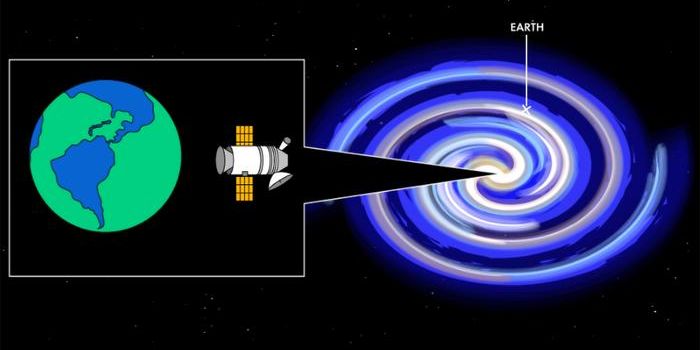Physics in Peril? (Part II) - Lost in the "Darkness"
Not many share the same antagonistic view with Sabine Hossenfelder, the physicist who associates the current awkward state of physical science with theoretical scientists' succumbence to "Wishful Thinking".
But one thing that the majority of the physics community would agree on is that many once-popular theories are just ideas. No matter how elegant and seemingly reasonable they are, no one can ever find any evidence to back them up.
Among many on the list of "failing" theories, the weakly interacting massive particles or (WIMPs) as a candidate for dark matter is right on the top. Once the most sought-after idea, the rise of WIMPs-based dark matter theory was supported by two fundamental pillars in modern physics.
Based on Einstein's theory of relativity (which had been verified, many times over), galaxies, like the one of our solar system resides in, should have expanded so rapidly that they would have dissipated in the vast space. But instead, there's seem to be a type of "invisible" entity - dark matter throughout the universe, which provides strong enough gravitational pull to hold them together.
Scientists have different ideas about how these dark matters come into being, but they generally agreed that dark matters should have been produced thermally since the Big Bang. Depending on their potential characteristics, the dark matter candidates must fall within a mass range between 1 Mega electronvolts (MeV) and 100 Tera electronvolts (MeV).
The advent of supersymmetry theory, a well-articulated extension of the Standard Model of physics, gave dark matter researchers a much needed "eureka" moment. In supersymmetry, one main argument is that the "weakness" of the gravitational force of individual particles is due to the mass-shielding effect of their "superpartner particle". And according to the mathematical models, these hypothesized partners happen to share the mass range and other properties with WIMPs, a coincidence that led theoretical scientists to declare it as the "WIMP miracle".
Hunting for the WIMPs of the universe (National Science Foundation)
Decades-worth direct detection experimental efforts have been devoted to finding WIMPs by measuring the collision of WIMPs with xenon gas nuclei in the rock-shielded underground laboratories. Among them are the Europen XENON experiment at the Gran Sasso laboratory in Italy, the Large Underground Xenon experiment (LUX) at the Sanford Underground Laboratory in South Dakota, and the Cryogenic Dark Matter Search (CDMS) in the Soudan Mine in northern Minnesota. All direct detection experiments have returned null results for WIMPs-based dark matter.
Scientists have also been using indirect methods to detect WIMPs, for example, searching for products of dark matter-ordinary matter annihilation in nearby galaxies and galaxy clusters. Physicists at the Large Hadron Collider (LHC) and its ATLAS collaboration have also attempted to directly produce supersymmetric, WIMP-like particles in their almighty collider. But so far, no one managed to produce evidence of supersymmetry to support the even simplest version of WIMPs.
It is safe to say that, while the hunt of dark matter is still going strong and its existence is well supported by evidence, the idea that the WIMPs as its candidate can be completely ruled out. Although it seems like we have invested too much time and efforts to abandon the search, many agreed that it's about time to finally turn the page and work on a new theory of dark matter, so that we can finally get out of the mess.
Source: Forbes









